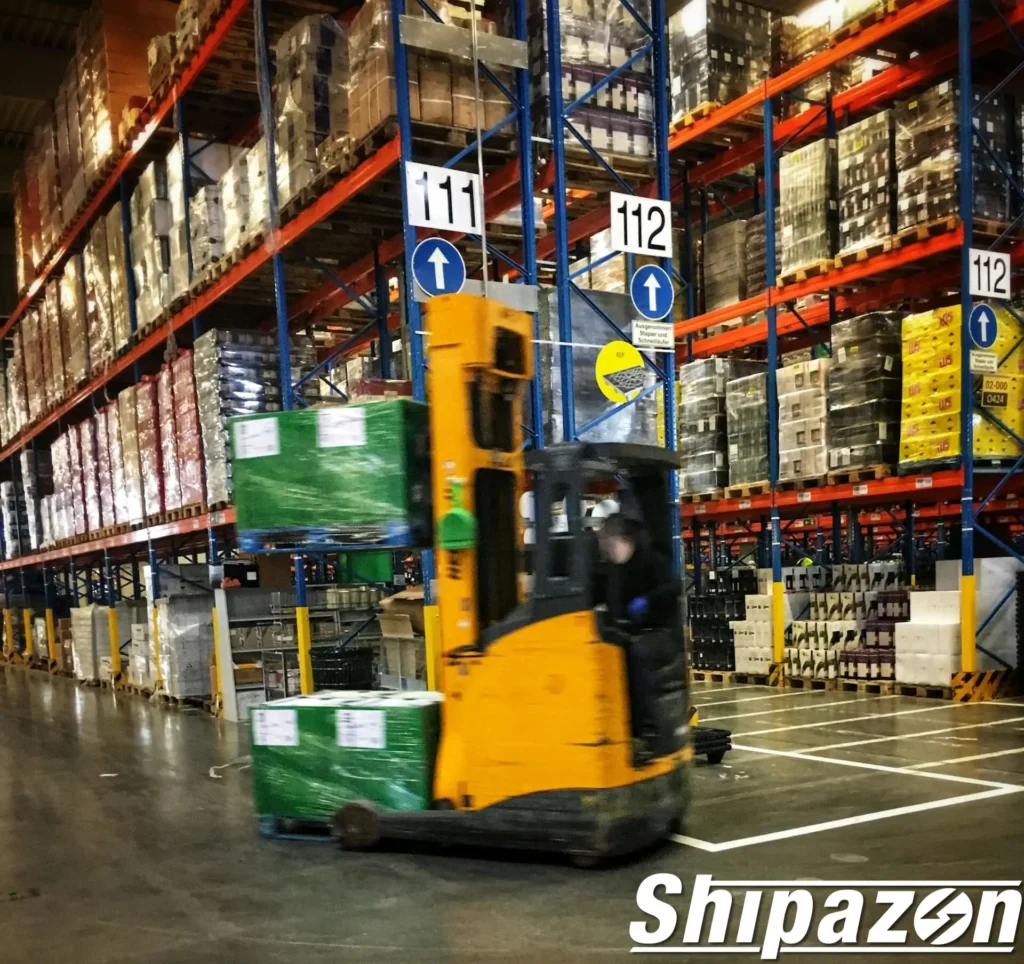Warehouse logistics is one of the important elements in supply chain management. Its focus lies on the management of storage and distribution of goods. As e-commerce grows rapidly, the demand for efficiency in shipping and storing goods is also increasing. In this case, efficient warehouse management can provide a significant competitive advantage.
Therefore, a good understanding of logistics is crucial for companies. To make it clearer, the following article will discuss important aspects and products that can support the effectiveness of this process.
Contents
What is Warehouse Logistics?
Warehouse logistics involves a series of activity processes related to receiving, storing, picking, and shipping goods. This process aims to ensure that goods are managed in a good and efficient manner. Also, it can be accessed quickly so that it supports smooth business operations. The process in question includes the following activities.
First, starting from receiving goods. This process involves receiving goods from suppliers. After the goods arrive, they must be checked to ensure that the quantity and quality are in accordance with the order. Efficient receiving is essential to maintaining a smooth logistics flow.
Second, storage. Storage of goods in the warehouse must be done in an organized manner. This includes placing goods in the right location for easy retrieval. Good warehouse design will maximize space and minimize the time required to find and retrieve goods.
Third, picking goods. Namely the process of taking goods from the storage location to be prepared for shipment and then sent to customers. Efficiency in picking goods is very important to meet customer demand quickly.
After the goods are picked, the final process is shipping to the customer or destination location. This process must be managed well to ensure that the goods arrive on time and in good condition.
Main Components in Warehouse Logistics
Here are some of the main components that make up this system.
Inventory Management
Inventory management is the process of managing stock of goods in the warehouse. Includes recording the number of goods coming in and out, as well as monitoring the condition of the goods. The goal is to control the number of goods available.
Also, maintaining a balance between supply and demand. So as to avoid excess or shortage of stock. An efficient management system helps in tracking goods. For example, using a system such as FIFO (First In, First Out) or LIFO (Last In, First Out).
Warehouse Design
Warehouse design is the physical arrangement and layout of a warehouse to maximize space and operational efficiency. Optimal space planning can facilitate the process of picking and storing. For example, using appropriate racks and pallets to increase storage capacity. Or, you can also use modular storage solutions. This allows the adjustment of storage space according to changing needs.
Technology and Automation
The use of technology and automation systems can improve operational efficiency. This technology helps in inventory tracking, order management, and process optimization. For example, the use of warehouse management software (WMS) to track inventory and process orders. In addition, using process automation with tools such as robots and conveyor systems.
Human Resource Management
Human resource management includes training, scheduling, and supervision of the workforce. Staff training to improve productivity and safety in the warehouse. While effective workforce scheduling to maximize efficiency. In addition, supervision to ensure that all processes run smoothly. Ultimately, trained and skilled staff are essential to the success of warehouse operations.
Challenges and Products Related to Warehouse Logistics
Although this series of processes is very important, companies often face various challenges. Among other things, changing demand. For example, in managing fluctuations in demand for goods from customers. Then operational costs. Especially in optimizing storage and shipping costs. Not only that, maintaining the security of goods is also important. Especially to protect goods from damage or loss.
As a solution, many companies then rely on various key components that can help improve operational efficiency. But that’s not the only thing. Additional customized services are also very important.
Some of the services in question include Port Drayage. This ensures the transportation of goods from the port to the warehouse quickly and safely. Then there is Transloading. Its function is to move goods from one mode of transportation to another to increase shipping flexibility. While Cross-Docking functions to reduce the storage time of goods. Namely by moving goods directly from receipt to delivery.
There is also Final-Mile Delivery to ensure the delivery of goods to end customers quickly and efficiently. No less important, namely Fulfillment for e-commerce and B2B / B2C. Its function is to manage all aspects of order fulfillment for online and traditional businesses.
Adopting the right technology and strategy will help companies face challenges in an ever-changing business environment. The good news is, the Shipazon Company is here to meet the needs of these products and services.
Final Note
In addition to providing comprehensive services, we are strategically located in Kent, WA. Close to the Port of Tacoma and Port of Seattle. Allowing fast and efficient distribution throughout Washington State and the surrounding area. We are committed to being a reliable fulfillment partner.
Ultimately, warehouse logistics is an integral part of supply chain management that impacts the efficiency and effectiveness of shipping goods. By understanding and managing the various aspects, companies can increase productivity, reduce costs, and improve customer satisfaction.
“Good warehouse logistics means more than just storing products — it’s about making sure everything moves smoothly, quickly, and reliably. That’s what we focus on every day at Shipazon.”
— Andre Ren, Co-Founder & Logistics Manager at Shipazon


